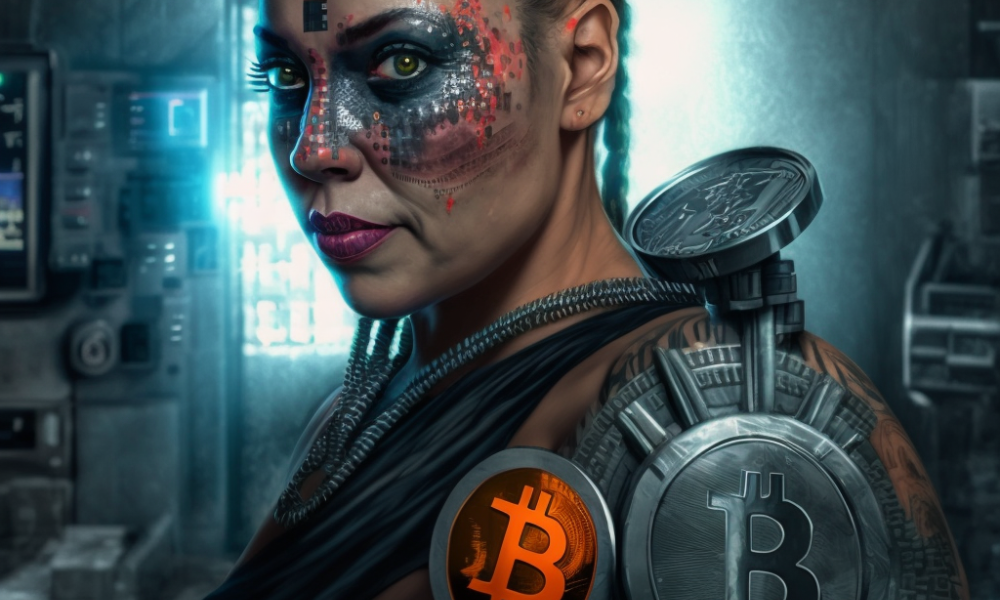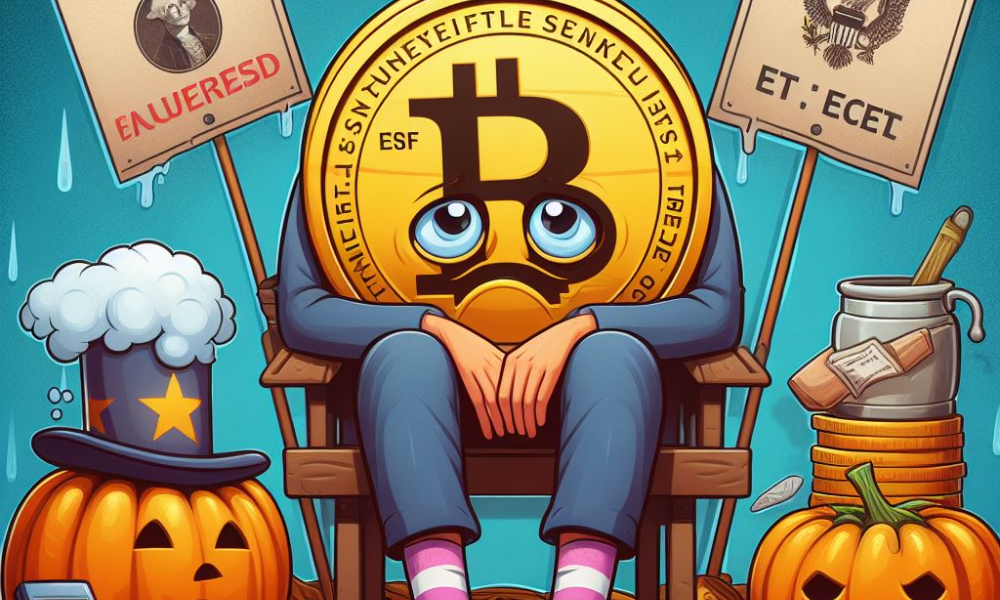Vitalik Buterin, the visionary co-founder of Ethereum, recently shed light on the increasingly intertwined realms of cryptocurrency and artificial intelligence. In an era where AI’s allure seems to overshadow crypto’s charm, Buterin acknowledges the potential yet cautions against the perils at this nexus. His recent blog post serves as a roadmap and a word of caution for developers navigating these converging technologies.
Navigating the Crypto-AI Landscape: A Game of Strategy
Buterin likens the crypto-AI synergy to a strategic game, categorizing potential overlaps into four distinct domains. The most “viable” intersection, according to him, involves AI as a “player in the game.” Here, AI engages in activities like prediction markets within a blockchain framework, acting under human-originated protocols.
The second, more perilous category envisions AI as an “interface to the game,” enhancing user interaction with the crypto world. Buterin cites AI-powered scam detection as a potent application but warns of the inherent risks in overly relying on AI’s interpretative prowess.
AI as Rule-Maker and Objective: Treading with Caution
Moving deeper into the integration, Buterin describes scenarios where AI sets the “rules of the game,” a concept he advises approaching with utmost care. AI’s role in guiding decentralized autonomous organizations (DAOs) in decision-making exemplifies this category. The fourth and most futuristic category sees AI as the “objective of the game,” leveraging blockchain as a foundational layer for advanced AI model development.
Balancing Transparency and Security: A Developer’s Dilemma
Buterin’s optimism about the crypto-AI fusion is tempered by concerns over the inherent conflict between crypto’s transparency ethos and AI’s “black box” nature. The open-source nature of cryptography, vital for security, clashes with the vulnerability of AI models and training data to adversarial machine learning attacks.
In conclusion, Buterin’s insights offer a nuanced perspective on the burgeoning crypto-AI landscape, blending optimism with a prudent warning to developers: the path forward is promising, yet precarious, warranting a careful and considered approach.
Interesting story? Please click on the ? button below!
SOURCE: Vitalik Buterin Says Developers Should ‘Tread Carefully’ Mixing Crypto and AI (coindesk.com)


.png)

.png)


.png)









